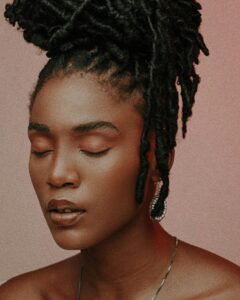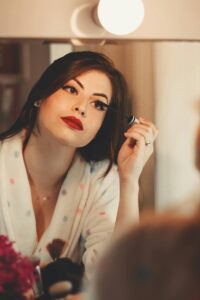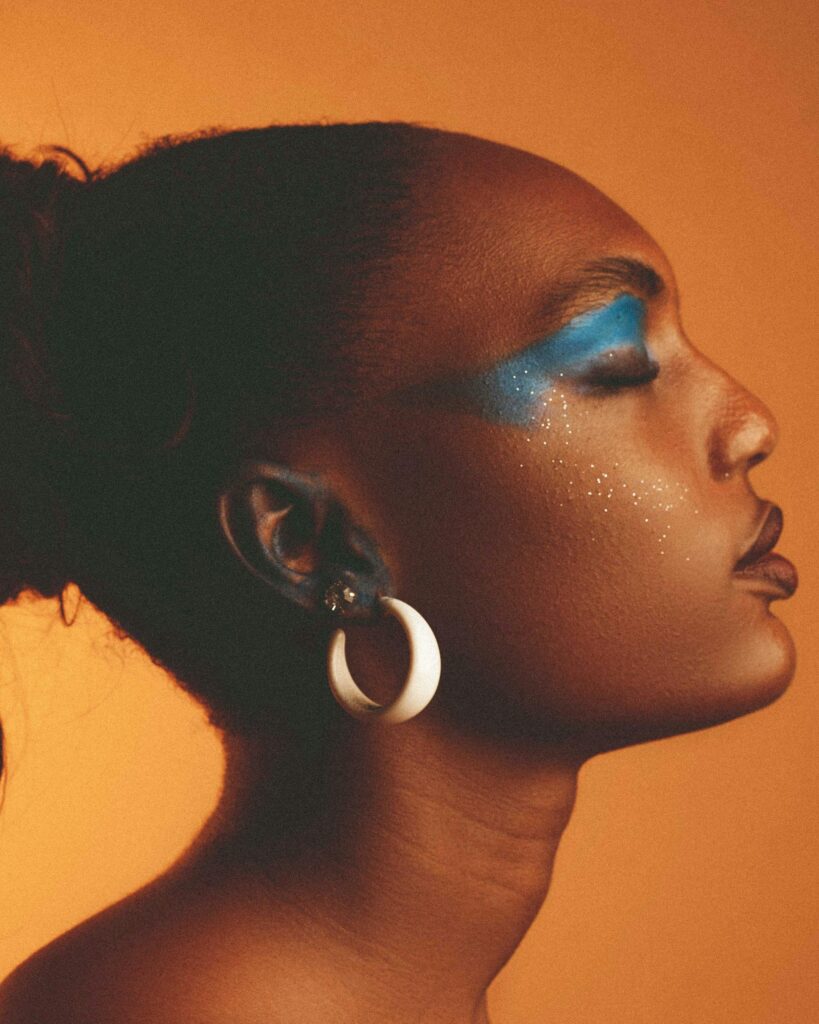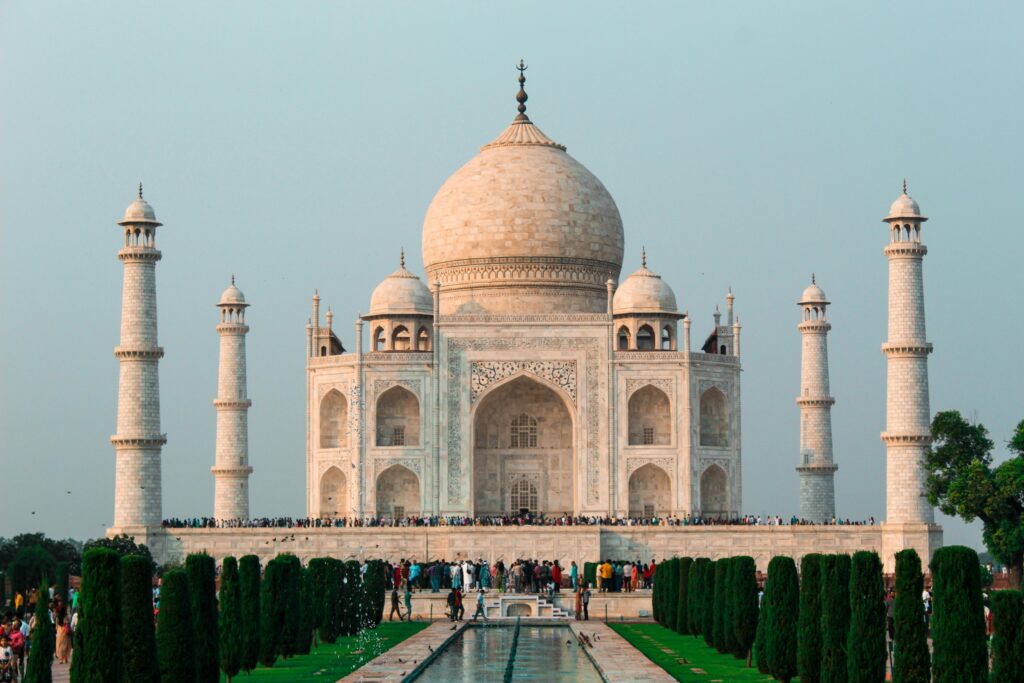Standards for beauty have always reflected not just the ideal but more often the influence of times. The Italian Renaissance witnessed the voluptuous figure in this century and later shifted to thin models during the 1990s. The discussion today about this particular subject is much, much more diverse and multifaceted than it has ever been.
Historical Beauty Standards
Beauty standards in history have been influenced by art, culture, and socioeconomic conditions. This view had a strong presence of beliefs in regard to health and prosperity in ancient Egypt.By the middle of the 20th century, Marilyn Monroe had become the epitome of Hollywood’s curvy ideal; however, with the rise of models like Twiggy in the 1960s, the pendulum swung back to a more waif-like figure. Expectations of each era often meant that no one could actually live up to the standards set for most people.
Media Impact Effects on Beauty Standards
Media has been the backbone of creating ideals in beauty. Magazines, television, and advertisements defined beauty to be very narrow by focusing on specific body types, skin tones, and facial features. For many decades, fair skin, straight hair, and a slim figure have dominated the beauty story.

The social media revolution disrupted this classic framework. Instagram and TikTok have democratized beauty, allowing different kinds of people to express their personal styles and redefine what it is to be beautiful. Influencers and celebrities represent authenticity, self-love, and body positivity, so now there are more diverse representations of beauty.
The Shift Towards Inclusivity
Over the years, this aspect of beauty standards has truly witnessed a shift towards inclusiveness. Movements such as body positivity and body neutrality, among others, invite people to embrace themselves with their naturally occurring forms as large, small, ugly, or beautiful; colored or not. Camps such as Dove’s Real Beauty and brands such as Fenty Beauty, with their broader range of foundation shades, have been instrumental in pushing the challenge of the old beauty.
Natural textures have been gaining popularity when it comes to acceptance in regard to hair textures, skin tones, and body types. The most crucial icons through the celebrities are Lizzo, Lupita Nyong’o, and Ashley Graham, all known for being role models.
Criticisms
However, the battle still rages on. Pictures are now infected with filters and photo editing applications, along with idealized social media content. Victims of body image may be affected by low self-esteem and mental disorders, especially among the youth. On the other hand, although the appeal to inclusivity rises, performance remains at large. Brands mostly just market themselves using diversity as an appeal and not necessarily doing good.

The Future of Beauty Standards
In continuation with acceptance and celebration of diversity, beauty standards will blossom. Beauty is becoming subject to each person’s discretion instead of trying to fit within certain norms. Society is increasingly using inner qualities, health, and self-confidence as more of a definition of beauty as opposed to outer appearances. Technology and media will be the major shapers of changing ideals. The emergence of AI-generated images and the virtual influencer may further challenge traditional beauty narratives, and continued advocacy for representation will further ensure that all voices will be heard.
Conclusion
Beauty standards are no longer something concrete but are slowly taking on fluid and inclusive roles. The definition of beauty reveals a general trend in culture that is accepting and authentic. Though the journey is tough and rocky, a move toward diversity and individualism provides a leveled playing field. Then, we can craft an accepting world to make people feel seen, valued, and confident in their own skins.



